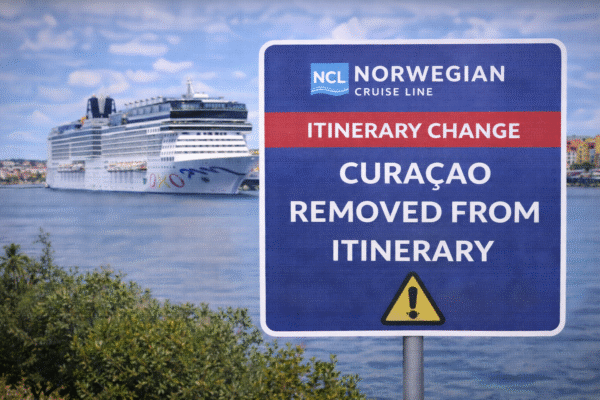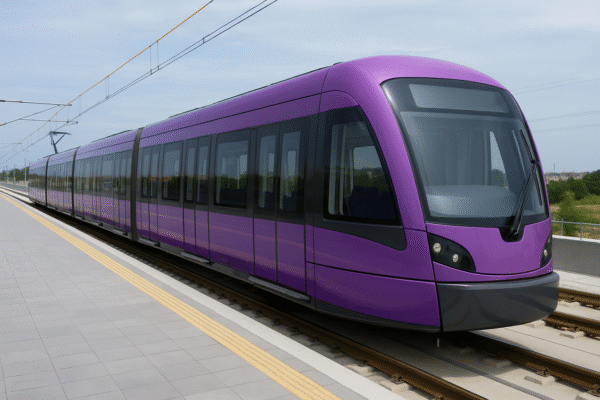Lisbon’s Violet Line Light Rail to Transform Urban Mobility and Tourism Ahead of EXPO 2027
Lisbon is set to undergo a major transformation in urban mobility and sustainable tourism with the development of the Violet Line, a new light rail transit (LRT) system connecting the densely populated northern suburbs of Odivelas and Loures to the heart of Portugal’s capital. With a projected investment of €677.5 million, the Violet Line aims to revolutionize public transportation and tourism access as Lisbon prepares to host EXPO 2027.
The new line, to be managed by Metropolitano de Lisboa (Lisbon Metro), has attracted four competitive bids for its design and construction, underscoring the strategic importance of this project in enhancing connectivity, reducing congestion, and supporting Lisbon’s green infrastructure ambitions.
Connecting Suburbs, Tourists, and the City Center
The Violet Line will stretch approximately 11.5 kilometers and include 17 stations—three of them underground to minimize disruption and integrate seamlessly with Lisbon’s existing public transit network. This includes critical connections to metro and bus systems, streamlining mobility for residents, daily commuters, and international visitors alike.
Of the planned stations, nine will be located in Loures and eight in Odivelas, ensuring a comprehensive coverage of residential zones, urban hubs, and public spaces. This thoughtful station placement is designed to not only reduce travel times but also promote economic activity in suburban areas while offering tourists faster access to central Lisbon attractions.
Lisbon’s Mayor and urban planners have highlighted the line’s role in improving accessibility to key tourist destinations, such as the historic Baixa district, Belem Tower, and Parque das Nações—home to major cultural and commercial events. The Violet Line will be pivotal during EXPO 2027, facilitating visitor movement between hotels, exhibition venues, and iconic city landmarks.
Four Major Bidders Vie for LRT Project
The public tender has drawn four major consortia with extensive experience in railway and urban infrastructure development:
- MasterStylo – Eletricidade e Telecomunicações
- Mota-Engil, Zagope, and Spie Batignolles Internacional
- Teixeira Duarte, Casais, Tecnovia, E.P.O.S., Somafel, Jayme da Costa
- FCC Construcción, Contratas y Ventas, Comsa, and Fergrupo
This competitive bidding process reflects the technical complexity and significance of the project, which involves not only civil construction but also advanced electromechanical systems, sustainable urban integration, and long-term maintenance planning.
Modern Infrastructure with Long-Term Impact
Beyond transportation, the Violet Line represents a broader urban development strategy aligned with Lisbon’s 2030 Sustainable Urban Mobility Plan. Key components of the project include:
- Urban Revitalization: Improved pedestrian zones, green corridors, and public spaces around stations.
- Land Expropriation Studies: Legal groundwork to accommodate station infrastructure and associated facilities like park-and-ride lots.
- Rolling Stock Investment: Acquisition of 12 energy-efficient Light Rail Vehicles (LRVs) designed for high-capacity, low-emission operation.
- Operational Readiness: A three-year maintenance contract to ensure system reliability post-launch.
The integration of the new LRVs will enable smooth, quiet, and environmentally friendly transportation—ideal for residents and eco-conscious tourists.
Sustainable Mobility Supporting Tourism Growth
According to Turismo de Portugal, tourism contributed nearly 8.7% to Portugal’s GDP in 2023. With visitor arrivals steadily increasing, efficient transport is essential to managing the tourism flow while safeguarding heritage zones and environmental quality.
The Violet Line will make it easier for travelers staying in Loures and Odivelas to access Lisbon’s main attractions without relying on private cars or rideshares. This shift to clean, electrified public transport supports Lisbon’s green tourism goals and enhances the city’s appeal to international visitors seeking low-carbon travel options.
In addition, Lisbon’s recent designation as a host city for EXPO 2027 highlights the need for reliable and modern infrastructure. The Violet Line will serve as a mobility backbone during the event, moving tens of thousands of global attendees through Lisbon’s venues with minimal environmental impact.
Environmental and Economic Benefits
The light rail line is expected to substantially cut down greenhouse gas emissions by reducing private car use and supporting multimodal transport. Lisbon Metro officials emphasize that the LRT will lower ambient noise levels, improve air quality, and contribute to Lisbon’s efforts to become a climate-resilient, smart city.
Portugal’s national recovery and resilience plan (Plano de Recuperação e Resiliência) has identified sustainable transportation as a pillar for post-pandemic growth, and the Violet Line fits squarely within this vision.
A Vision for the Future of Lisbon
As Lisbon continues to grow as a cultural and economic hub, investments like the Violet Line demonstrate a commitment to both long-term sustainability and immediate functionality. By integrating transport and tourism, the city is positioning itself as a modern capital ready to welcome global visitors with seamless, eco-friendly infrastructure.
From alleviating congestion and revitalizing suburban neighborhoods to promoting inclusive access to heritage sites, the Violet Line will reshape the experience of Lisbon for locals and tourists alike. With construction expected to begin after the legal bidding process concludes, this transformative project will leave a lasting legacy on the capital’s landscape and tourism economy.
For more travel news like this, keep reading Global Travel Wire



















